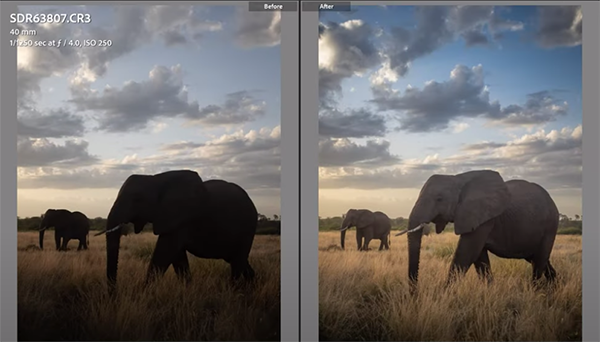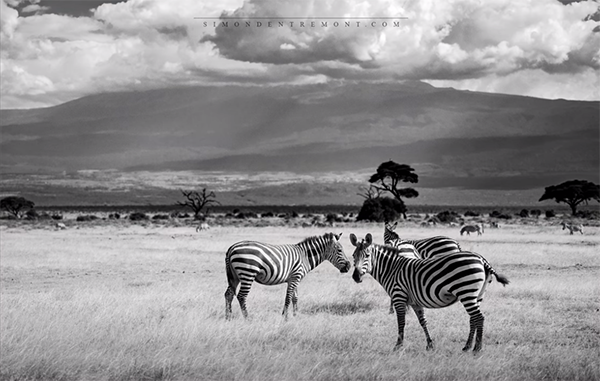How to Shoot & Edit Wildlife & Nature Photos Made in Harsh Midday Sun (VIDEO)
We all try to shoot outdoor photos in the morning or late afternoon whenever possible to take advantage of the “best light.” But that doesn’t mean it’s impossible to capture stunning images under harsh midday sun—especially if you understand the pitfalls and compensate accordingly.
Instructor Simon d’Entremont is a respected Canadian pro who specializes in nature and wildlife photography with a portfolio of stunning images that illustrate his skills. In this episode he reveals how he’s able to capture amazing photos when he can’t get out there at Blue Hour or Golden Hour.
In basic terms, it’s all about controlling highlights to balance out tones throughout the entire scene in extreme high-contrast situations. These bright conditions typically result in washed-out photos with clipped highlights—a challenge he faced not long ago during a recent photo safari in Kenya.

In barely 13 minutes provides a variety of tips for getting things as perfect as possible in the camera. He also demonstrates how he processes photos that need a bit more help. While the techniques you’ll learn are illustrated with wildlife images, Simon’s advice is equally useful for creating other genres of outdoor photographs in less-than-ideal light.
One of the biggest problems when dealing with the blazing sun is the wide-range of tones that may exceed the dynamic range of your camera. Tip #1 covers two important topics; namely, how to preserve highlights while shooting in the field, and methods for raising shadows when sitting behind the computer.
Simon bluntly describes problem number two like this: “The colors suck because harsh light give all the surfaces a bright sheen that makes everything look desaturated and colorless.” His technique for “disguising this” is to go with the flow by shooting in b&w—or intentionally desaturating images further to embrace the situation by creating images with a unique style.

His advice for choosing among these two options is this: “When your photo has great shapes or patterns, or is very minimalistic, go b&w.” Along the way you’ll pick up some great tips on composition, and learn why Simons loves shooting with his Canon RF 200-800mm long-range zoom.
There are three tips remaining in this powerful lesson, and by the time you’re done watching you’ll understand exactly what to do for making the most of lighting conditions you may have avoided in the past. Be sure to check out Simon’s instructional YouTube channel—especially if wildlife photography is your thing.
And don’t miss an earlier tutorial we posted from another accomplished pro who explains how to create beautiful nature and wildlife photographs using Lightroom’s straightforward Lens Blur tools.




